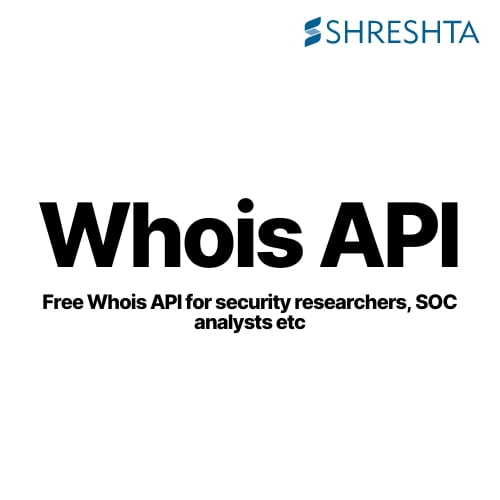Category: Threat Intelligence
-

Crypto & Investment scams exploiting the Tesla brand
—
by
Shreshta Threat Research has detected crypto & investment scams exploiting the Tesla brand. Executive Summary In recent months, there has been a significant surge in crypto and investment scams exploiting the Tesla brand, particularly targeting cryptocurrency enthusiasts and investors. Scammers are capitalizing on Tesla’s global reputation, its high media visibility, and CEO Elon Musk’s vocal…
-

Digital Arrest Scam – How scammers use fake documents & exploit legal fears
—
by
One of the latest cyber crime campaigns doing the rounds in India is the Digital Arrest Scam. The scammers use fake arrest warrant documents and threats to intimidate people into revealing personal information or paying money. The objective of the scammer is to scare and instill fear in the mind of the victim and act…
-

Zerodha users targeted with a pig-butchering scam
—
by
Threat researchers at Shreshta have uncovered a pig-butchering scam targeting Zerodha users. The phishing websites are impersonating Zerodha, a reputed stockbroking and financial services company, duping investors into investing in fake crypto and investment schemes. What is a pig-butchering scam? A pig butchering scam, a.k.a. “Sha Zhu Pan” or Shazhupan, (Chinese: 杀猪盘), translated as Killing…
-

Whois API free
—
by
Are you looking for a reliable, easy-to-use, and free Whois API? Our new Whois API service offers fast, accurate domain information data, making it an ideal solution for security researchers, SOC analysts etc The Whois API provides the creation date and registrar name. The API requires no registration or token generation. The above request, returns…
-

Community Services
—
by
This page lists the community services we offer, including our CheckOpenResolver, ShadowFinder, Newly registered domain name feeds and Whois API etc Checkopenresolver This service allows Internet users to verify if their router, firewall, or CPE (Customer Premises Equipment) device functions as an open resolver. An open resolver can be exploited in DNS amplification attacks, posing…




